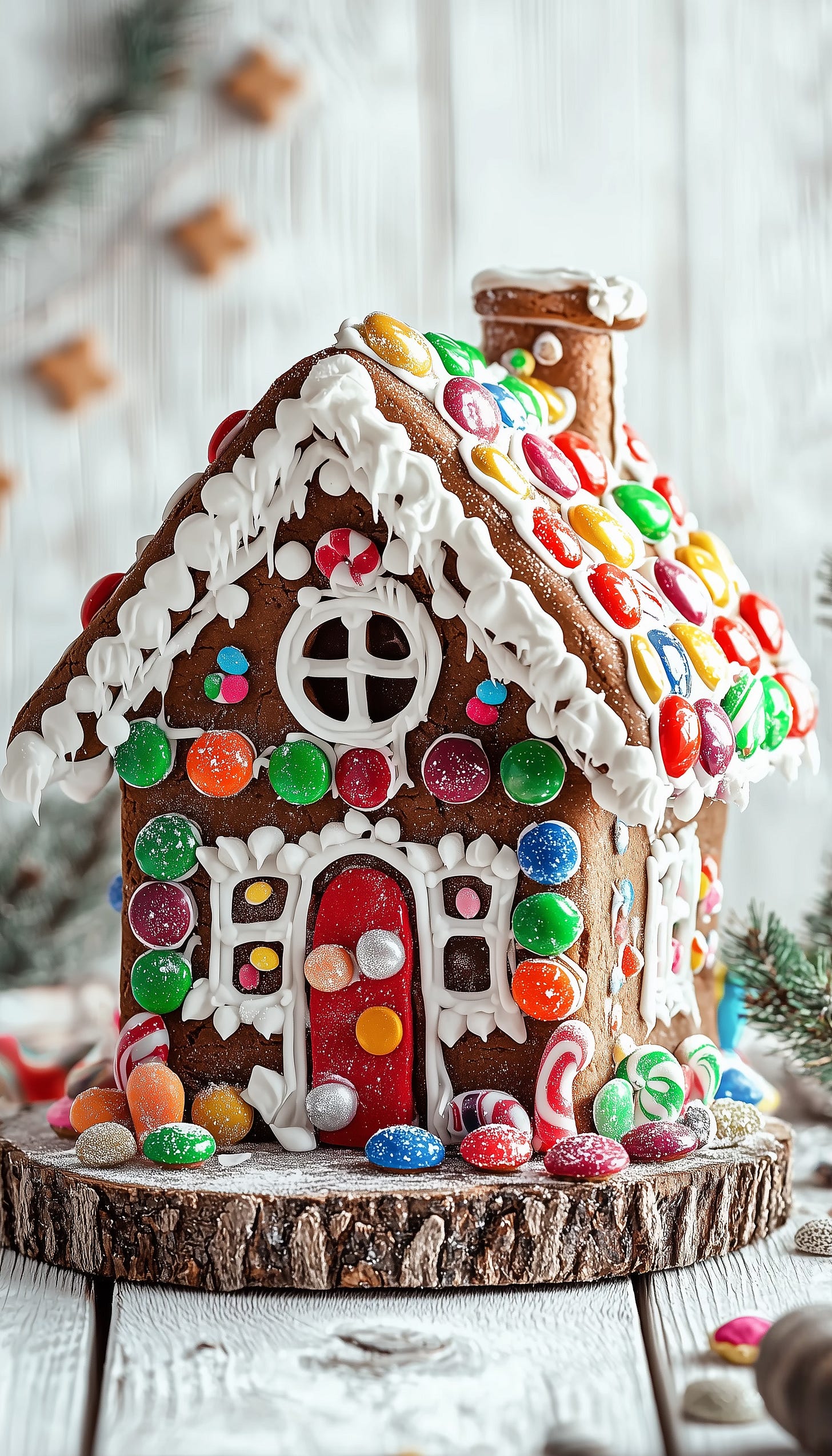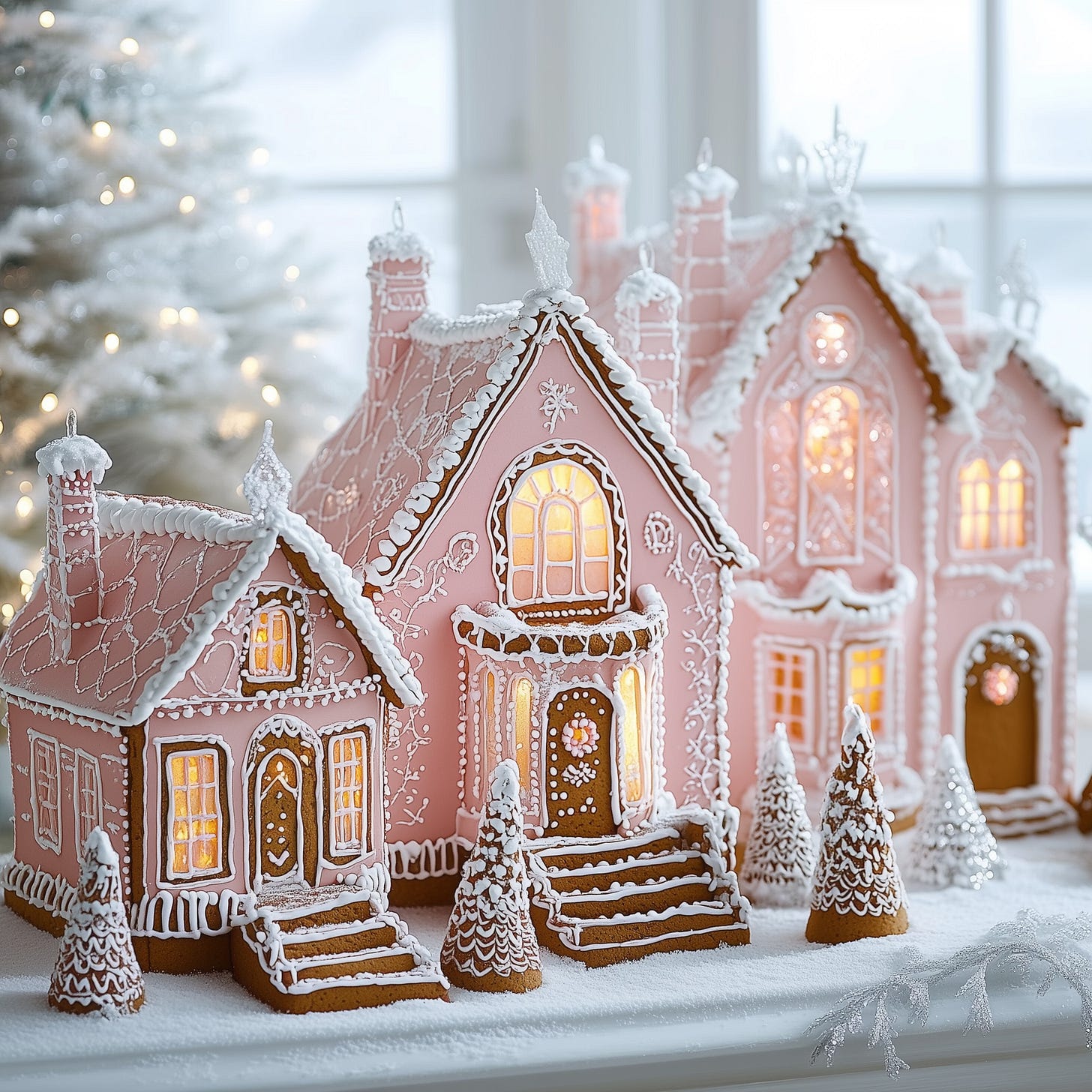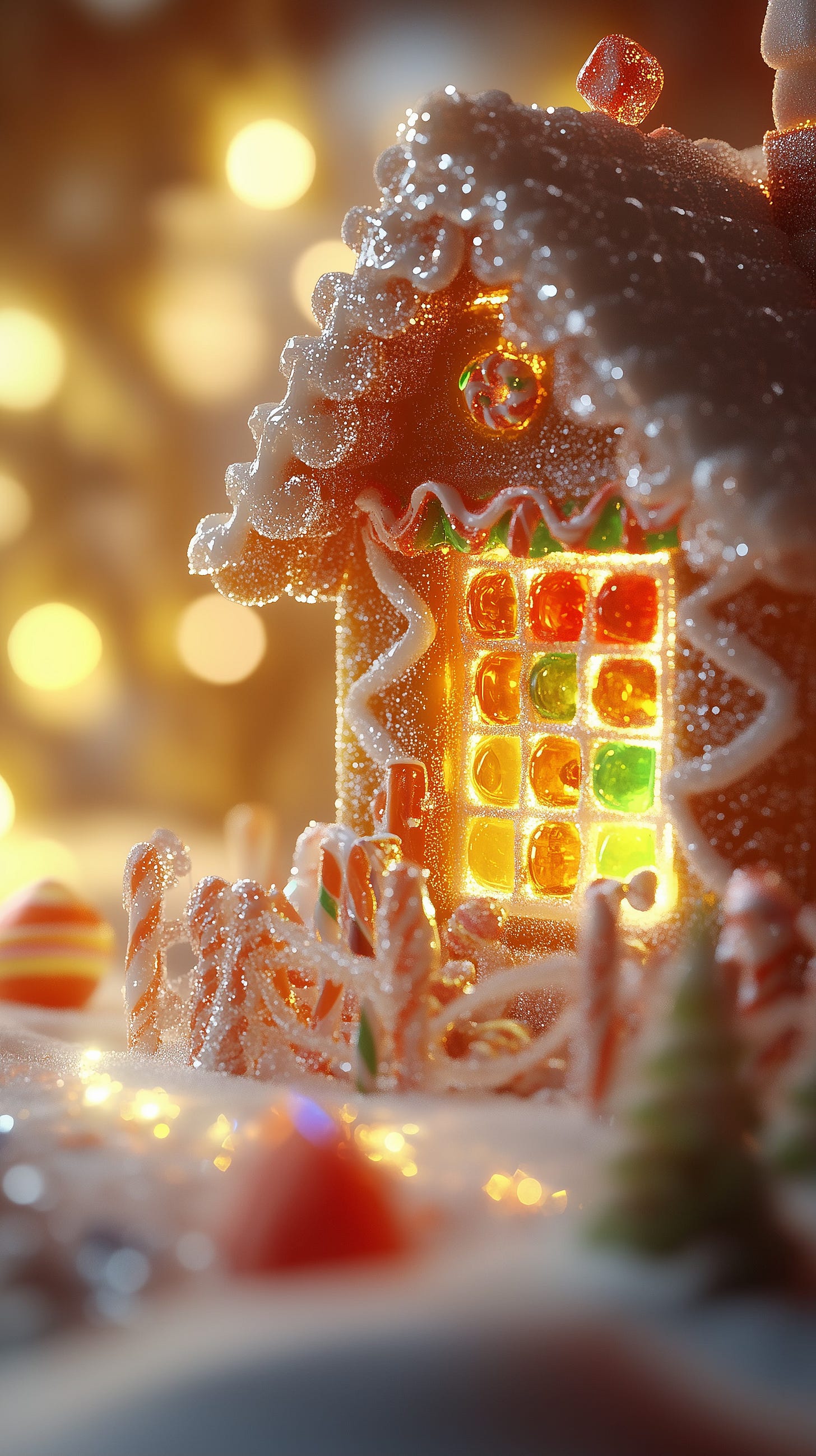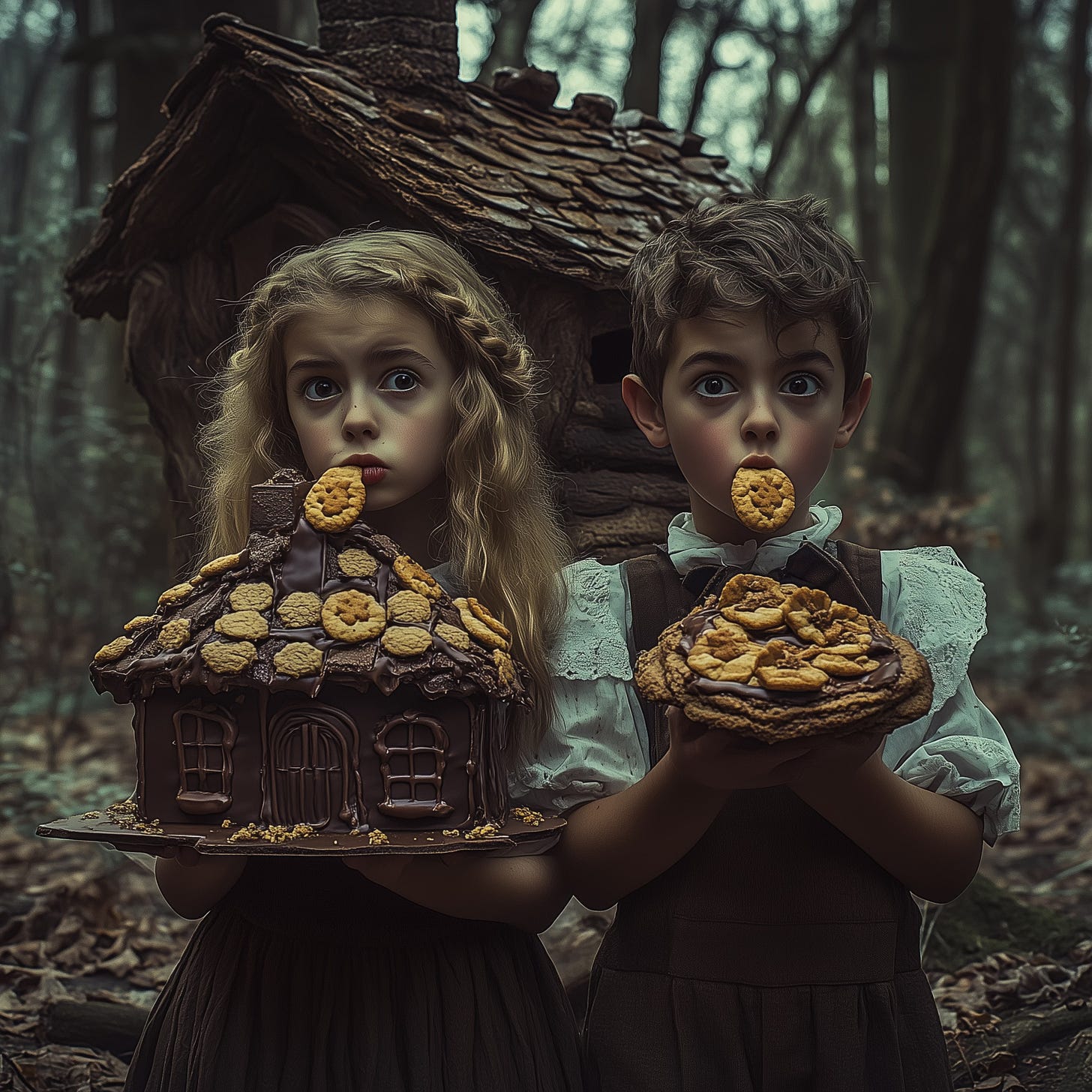Celebrating Gingerbread House Day: A Sweet Holiday Tradition
December 12th is Gingerbread House Day, a delightful holiday that brings people together to create edible works of art. Beyond being a fun activity, it offers a glimpse into history, culture, and creativity. Let's dive into the origins of gingerbread houses, their cultural significance, and some tips for making your own (or using a clever alternative!).
The Origins of Gingerbread Houses
Gingerbread houses date back to 16th-century Germany, where bakers crafted intricate, edible structures inspired by the Brothers Grimm fairy tale, Hansel and Gretel. The story popularized the idea of a house made entirely of sweets, which became a Christmas tradition in Europe. Over time, these houses evolved into symbols of creativity, craftsmanship, and festive cheer.
Gingerbread itself has an even older history, with origins in ancient Greece and Egypt, where it was used in ceremonies and often shaped into decorative forms. Medieval Europeans began flavoring it with spices, and by the 15th century, gingerbread was associated with the holidays, its warm spices evoking the coziness of the season.
Cultural and Historical Significance
Festive Symbolism: Gingerbread houses are an iconic part of Christmas, representing warmth, togetherness, and the magic of the holiday season.
Artistic Tradition: In Germany, gingerbread baking competitions flourished, showcasing the artistry of skilled bakers.
Global Popularity: The tradition spread across continents, with families creating houses as a festive bonding activity.
Edible Architecture: Gingerbread houses highlight a unique intersection of culinary and architectural creativity.
Charity Events: Many cities host gingerbread house contests, with proceeds often going to charity, blending fun with philanthropy.
Benefits of Building Gingerbread Houses
Family Bonding: Building gingerbread houses is a great way to connect with loved ones, creating memories that last a lifetime.
Boosts Creativity: Designing and decorating a house stimulates imagination and artistic expression.
Mindfulness and Relaxation: Focusing on intricate details can be a meditative and stress-relieving activity.
Educational for Kids: It teaches structural concepts, such as balance and design, in a fun and tasty way.
Community Building: Sharing your gingerbread creations or participating in local competitions fosters community spirit.
A Fun Conspiracy Theory
Some believe that gingerbread houses were originally designed as a way to ward off evil spirits during the winter solstice. The sweet aroma and cheerful appearance were thought to invite positive energy and repel negativity. While there’s no historical evidence to support this, it adds a whimsical layer to their allure.
Recipe : Gingerbread Pieces and Royal Icing
Ingredients for Gingerbread
3 cups all-purpose flour
1 tsp baking soda
1 tsp ground ginger
1 tsp cinnamon
1/4 tsp nutmeg
1/2 tsp salt
1/2 cup unsalted butter, softened
1/2 cup brown sugar
1/2 cup molasses
1 large egg
1 tsp vanilla extract
Instructions for Gingerbread
Preheat your oven to 350°F (175°C).
In a large bowl, combine flour, baking soda, and spices.
In another bowl, cream the butter and sugar until fluffy. Add molasses, egg, and vanilla, mixing well.
Gradually add dry ingredients to the wet mixture until a dough forms.
Roll out the dough on a floured surface to about 1/4-inch thickness. Cut out pieces for walls and roof using templates.
Bake for 10-15 minutes or until firm. Let cool completely before assembling.
Ingredients for Royal Icing
3 cups powdered sugar (sifted for best results)
2 large egg whites (or pasteurized liquid egg whites for safety)
1 tsp vanilla extract (optional)
Instructions for Royal Icing
In a clean, grease-free bowl, whisk the egg whites on medium speed until frothy.
Gradually add the sifted powdered sugar, a little at a time, while continuing to whisk on low speed.
Mix in the vanilla extract (if using) for flavor.
Turn the mixer to medium-high speed and beat until the icing forms stiff peaks (about 5-7 minutes).
If the icing is too thick, add a few drops of water to thin it out. If it’s too thin, add more powdered sugar, one tablespoon at a time.
Use immediately for assembling and decorating your gingerbread house, as royal icing hardens quickly when exposed to air. Keep covered when not in use.Alternative: Pop-Tart Gingerbread Houses
If you’re short on time or prefer simplicity, Pop-Tarts make a fantastic alternative! They’re pre-baked, sturdy, and come in festive flavors. Simply trim them to shape and use royal icing as "glue." Decorate as you would a traditional gingerbread house.
Whether you use gingerbread or Pop-Tarts, building a gingerbread house is a celebration of creativity and holiday cheer. Happy Gingerbread House Day!






